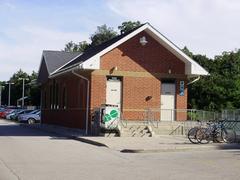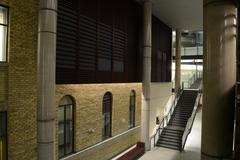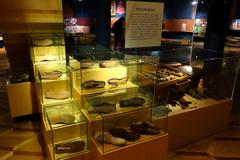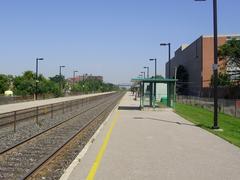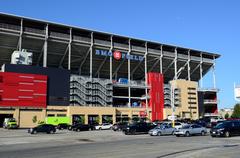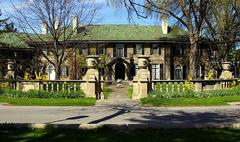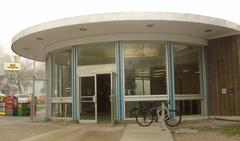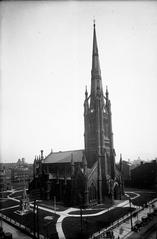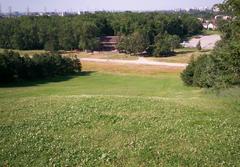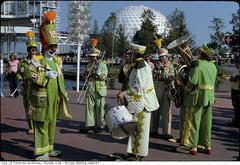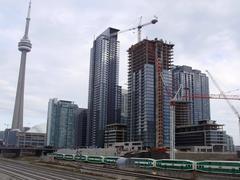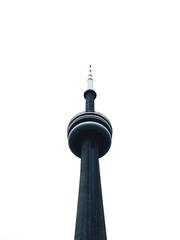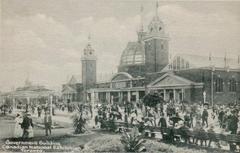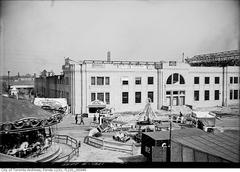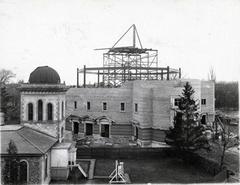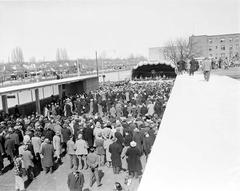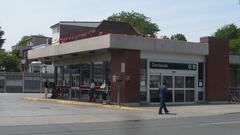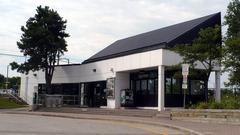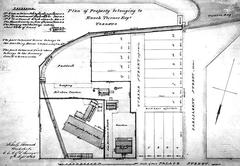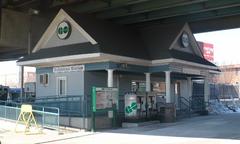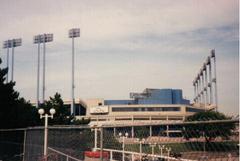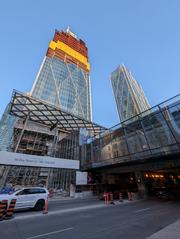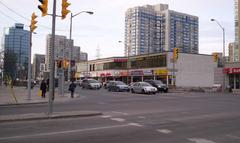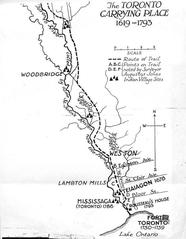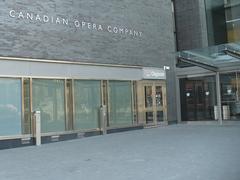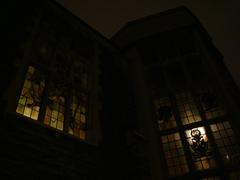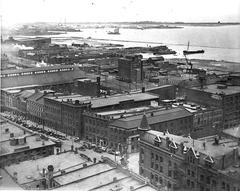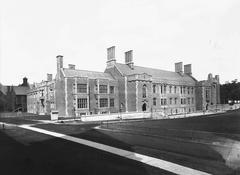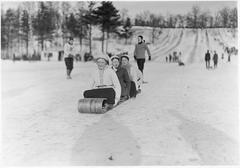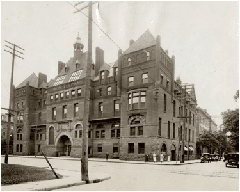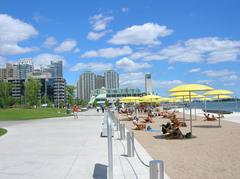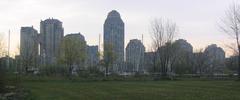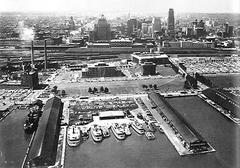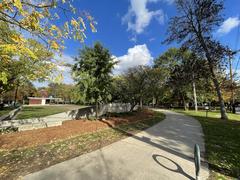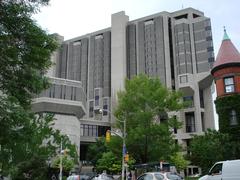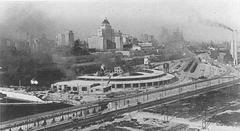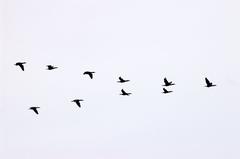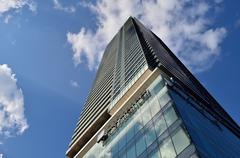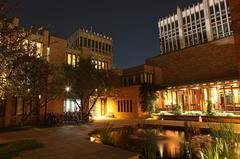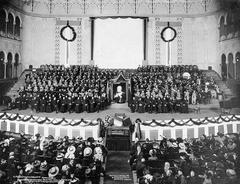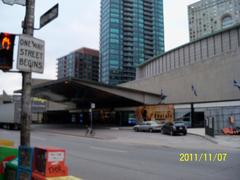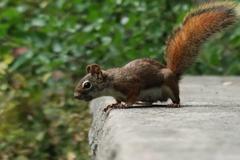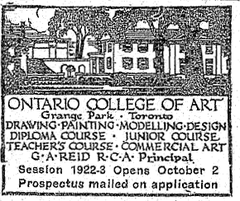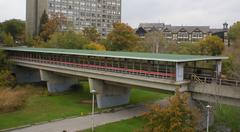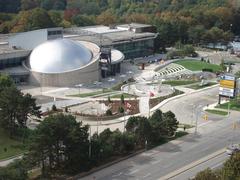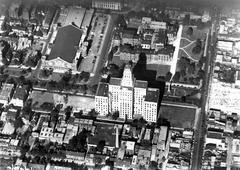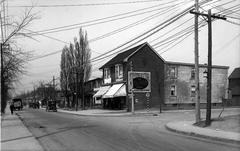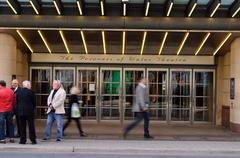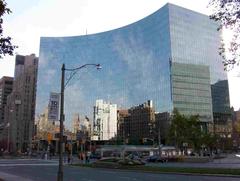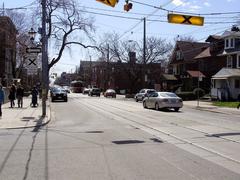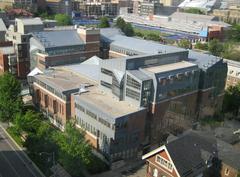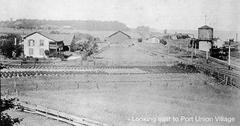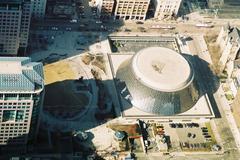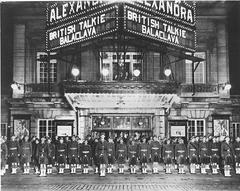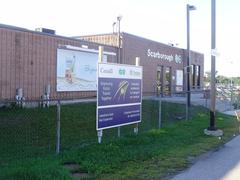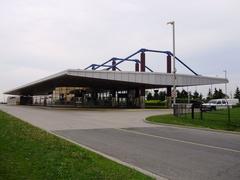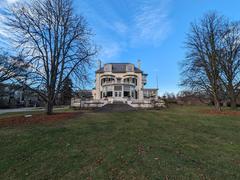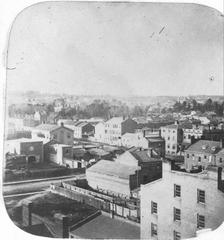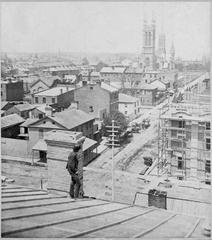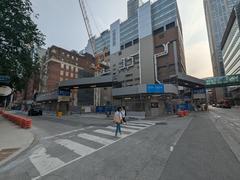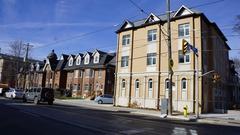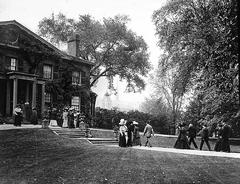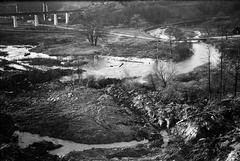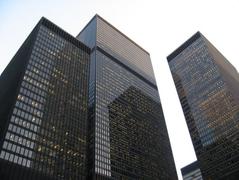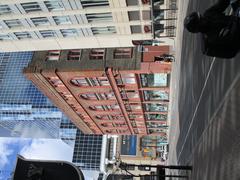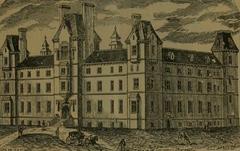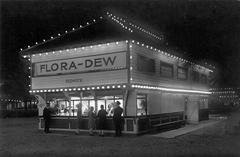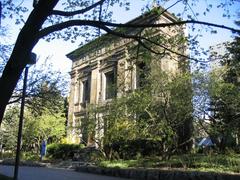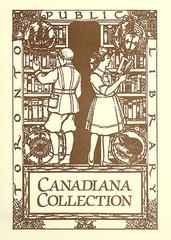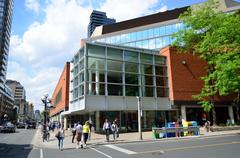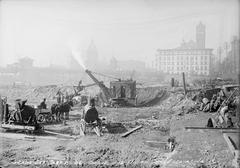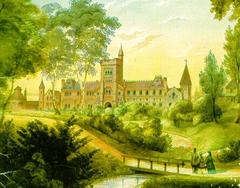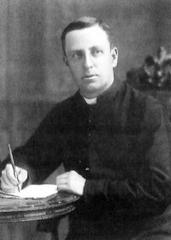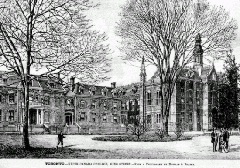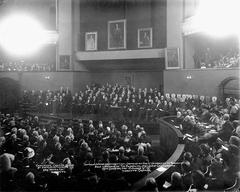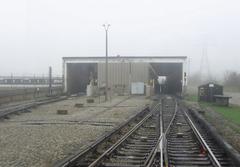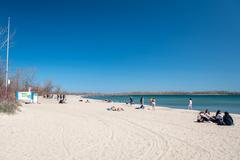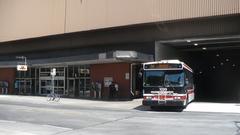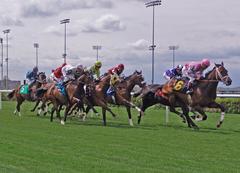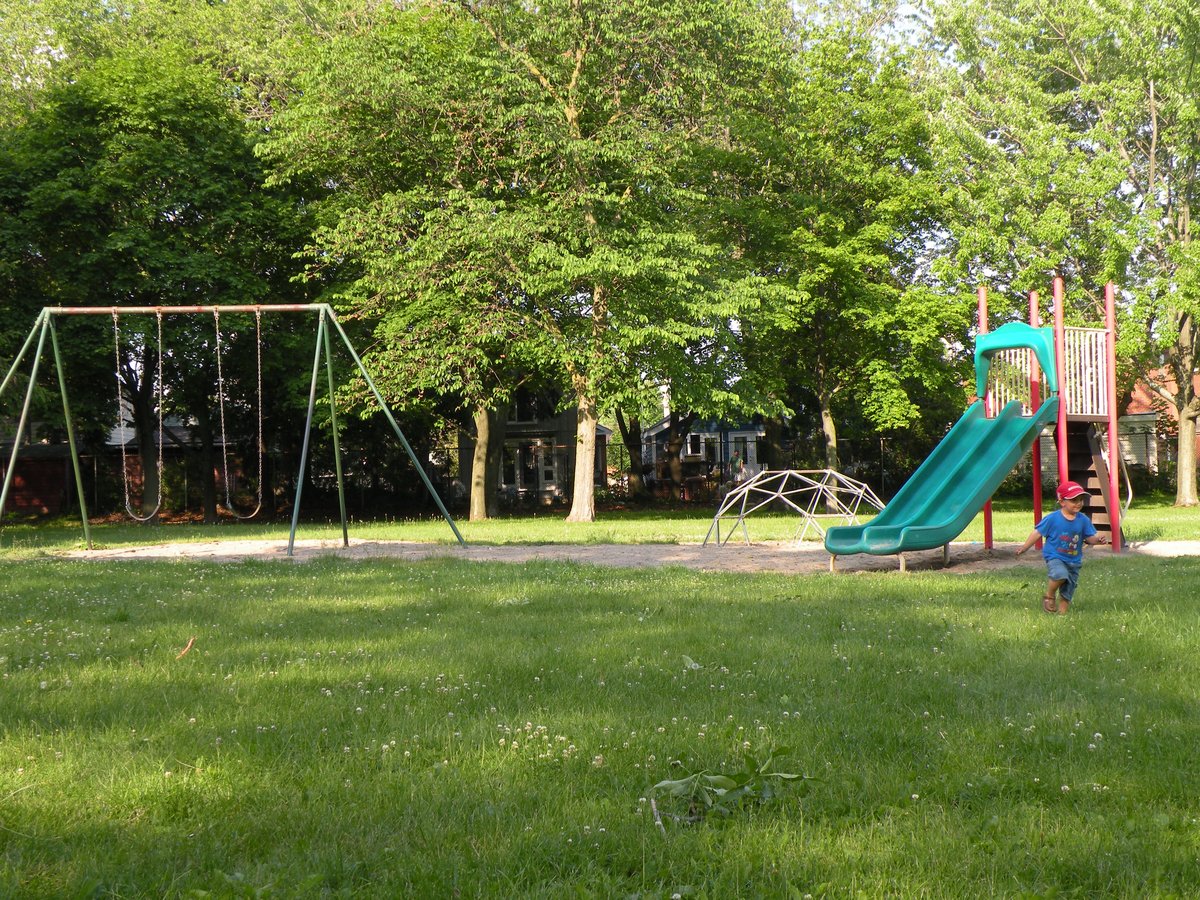
Whimbrel Point Visiting Hours, Tickets, and Historical Sites in Toronto
Date: 31/07/2024
Introduction
Nestled in the heart of Toronto’s Colonel Samuel Smith Park, Whimbrel Point stands as a haven for bird watchers, ornithologists, and nature enthusiasts alike. Renowned for its significant role in the annual migration of the Whimbrel, a remarkable shorebird making its journey from South America to the Arctic tundra, this site offers a unique blend of historical, ecological, and recreational value. Tracing its origins back to the late 18th century, the area has transformed from a military reserve to a public sanctuary, reflecting a rich tapestry of Toronto’s natural and cultural heritage (Jean Iron). The naming of Whimbrel Point, attributed to Bruce Wilkinson, further underscores its significance as a prime location for observing these migratory birds in large numbers, a spectacle that draws enthusiasts from around the globe. This guide delves into the multifaceted aspects of Whimbrel Point, from its historical background and ecological importance to practical visitor information and nearby attractions, ensuring a comprehensive understanding and appreciation of this Toronto gem.
Table of Contents
- [Introduction](#introductionintroduction)
- [Historical Background](#historical-backgroundhistorical-background)
- [Significance of Whimbrel Migration](#significance-of-whimbrel-migrationsignificance-of-whimbrel-migration)
- [Ecological Importance](#ecological-importanceecological-importance)
- [Cultural and Recreational Significance](#cultural-and-recreational-significancecultural-and-recreational-significance)
- [Visitor Information](#visitor-informationvisitor-information)
- [Visiting Hours](#visiting-hoursvisiting-hours)
- [Tickets](#ticketstickets)
- [Accessibility](#accessibilityaccessibility)
- [Travel Tips](#travel-tipstravel-tips)
- [Nearby Attractions](#nearby-attractionsnearby-attractions)
- [Contributions to Ornithology](#contributions-to-ornithologycontributions-to-ornithology)
- [Community Engagement and Education](#community-engagement-and-educationcommunity-engagement-and-education)
- [Future Prospects](#future-prospectsfuture-prospects)
- [FAQ](#faqfaq)
- [Conclusion](#conclusionconclusion)
Historical Background
Whimbrel Point is located within Colonel Samuel Smith Park, named after a British officer who was granted the land in the late 18th century. Over time, this area has evolved from a military reserve to a public park, providing a sanctuary for a variety of bird species. The specific naming of Whimbrel Point is credited to Bruce Wilkinson, who installed signs to designate the area (Jean Iron). This recognition highlights the site’s importance for observing the Whimbrel, a shorebird known for its impressive migratory journey.
Significance of Whimbrel Migration
Whimbrels migrate from South America to the Arctic tundra, and their passage through Toronto, especially Whimbrel Point, is a spectacle that draws bird watchers worldwide. On May 24, 2015, a record 1,819 Whimbrels were observed migrating past Toronto (Jean Iron). This migration offers scientific observation opportunities, including tracking banded birds to gather data on their routes and behaviors.
Ecological Importance
As a crucial stopover site, Whimbrel Point allows birds to rest and refuel, conserving energy for their journey north. The Whimbrels’ presence indicates a healthy ecosystem, reliant on abundant food sources like insects and invertebrates. Their regular appearance underscores the ecological health of Colonel Samuel Smith Park.
Cultural and Recreational Significance
The Whimbrel migration has become a cultural event in Toronto, celebrated through activities like the Whimbrel Walk & Watch during the Toronto Bird Celebration (Toronto Bird Celebration). This event promotes bird watching and raises awareness about conserving migratory bird habitats.
Visitor Information
Visiting Hours
Colonel Samuel Smith Park is open year-round from dawn to dusk.
Tickets
Entry to the park is free.
Accessibility
The park features flat terrain and well-maintained trails, making it accessible for all visitors. Parking is available on-site.
Travel Tips
- Travel Tips: Bring binoculars, wear comfortable walking shoes, and check weather conditions before your visit. Early mornings are ideal for bird watching.
Nearby Attractions
- Nearby Attractions: Explore other parts of Colonel Samuel Smith Park, including the marina and ice skating trails in winter. The nearby Humber College campus also offers additional green spaces and walking paths.
Contributions to Ornithology
Observations at Whimbrel Point contribute significantly to ornithological research. Banding Whimbrels helps researchers track migratory routes and behaviors, essential for conservation strategies. The high numbers of Whimbrels provide a natural laboratory for studying bird migration dynamics.
Community Engagement and Education
Events like the Whimbrel Walk & Watch offer public education on bird migration and habitat conservation. The park’s accessibility and proximity to Humber College enable collaboration between academic institutions and the local community, enhancing educational value.
Future Prospects
Conserving Whimbrel Point and its surroundings is vital for maintaining its significance as a migratory stopover. Ongoing research and monitoring of the Whimbrel population will provide insights into the effects of climate change and environmental factors, aiding in the development of conservation strategies.
FAQ
Q: What are the best visiting hours for bird watching at Whimbrel Point? A: Early mornings are ideal for bird watching as many birds are most active during this time.
Q: Is there an entry fee for Whimbrel Point? A: No, entry to Colonel Samuel Smith Park is free.
Q: What should I bring for a visit to Whimbrel Point? A: Bring binoculars, wear comfortable walking shoes, and check the weather forecast.
Q: Are there guided tours available? A: Yes, guided tours are available during special events like the Whimbrel Walk & Watch.
Conclusion
Whimbrel Point in Toronto’s Colonel Samuel Smith Park encapsulates a unique blend of natural beauty, historical significance, and educational value. The site not only provides an exceptional opportunity for bird watching, particularly during the Whimbrel migration in late May, but also serves as a testament to successful conservation efforts and community engagement. With its accessible paths, free entry, and a range of recreational activities, Whimbrel Point offers something for everyone. The collaboration between local organizations and international bodies underscores the importance of ongoing research and conservation initiatives to protect these magnificent birds and their habitats. By visiting Whimbrel Point, individuals contribute to a broader understanding and appreciation of the natural world, fostering a deeper connection to the environment and the need for its preservation. For those planning a visit, early mornings and late afternoons during the migration season provide the best bird watching experiences, and the nearby attractions in Toronto offer additional cultural and recreational opportunities (Jean Iron, Toronto Bird Celebration).
References
- Jean Iron, 2015, Jean Iron
- Toronto Bird Celebration, 2024, Toronto Bird Celebration
- Travellers Worldwide, 2024, Travellers Worldwide
- Travel + Leisure, 2024, Travel + Leisure
- Archives Humber, 2024, Archives Humber
- Friends of Sam Smith Park, 2020, Friends of Sam Smith Park
- The Left Chapter, 2015, The Left Chapter
- The Culture Trip, 2024, The Culture Trip
- Toronto Events, 2024, Toronto Events
- Authentik Canada, 2024, Authentik Canada




